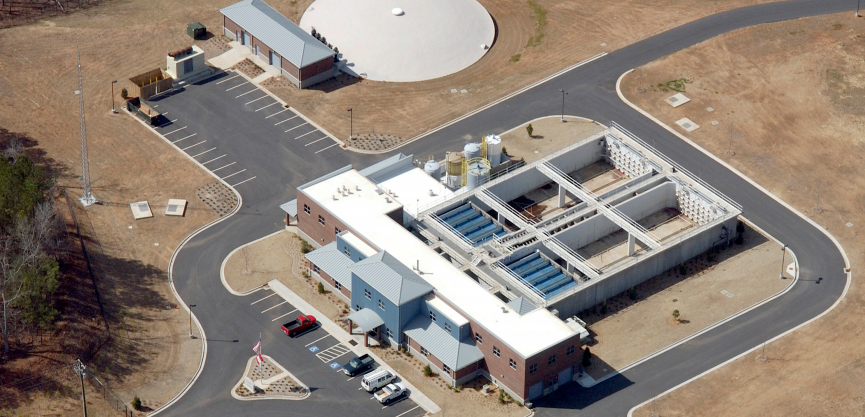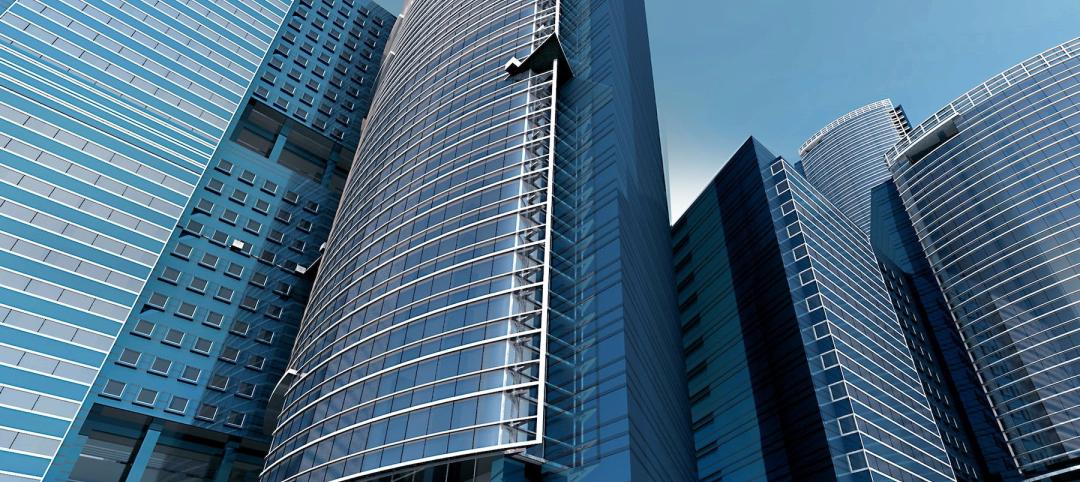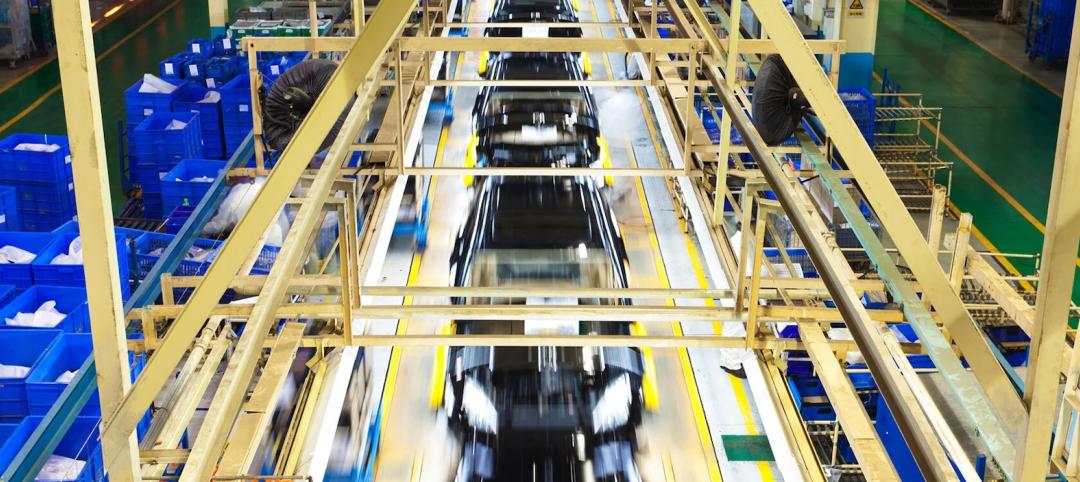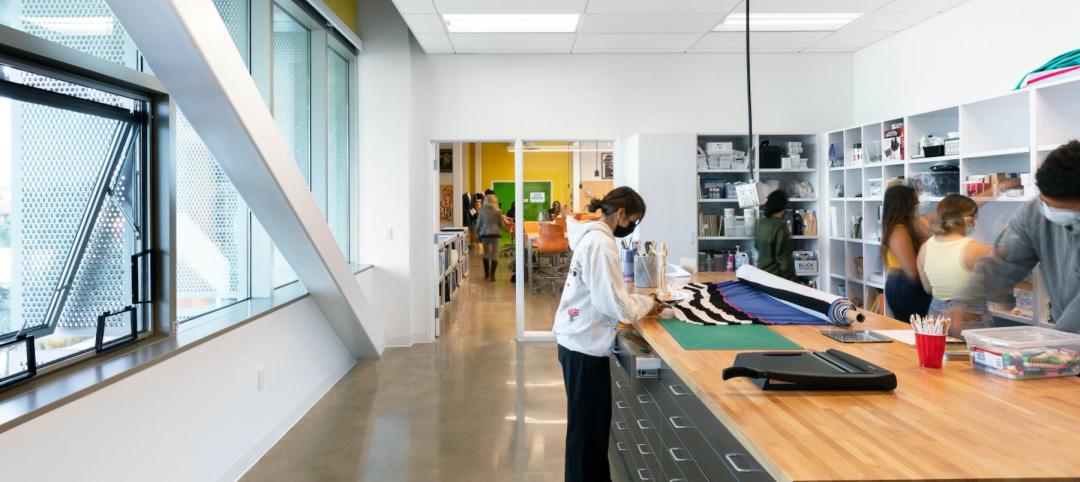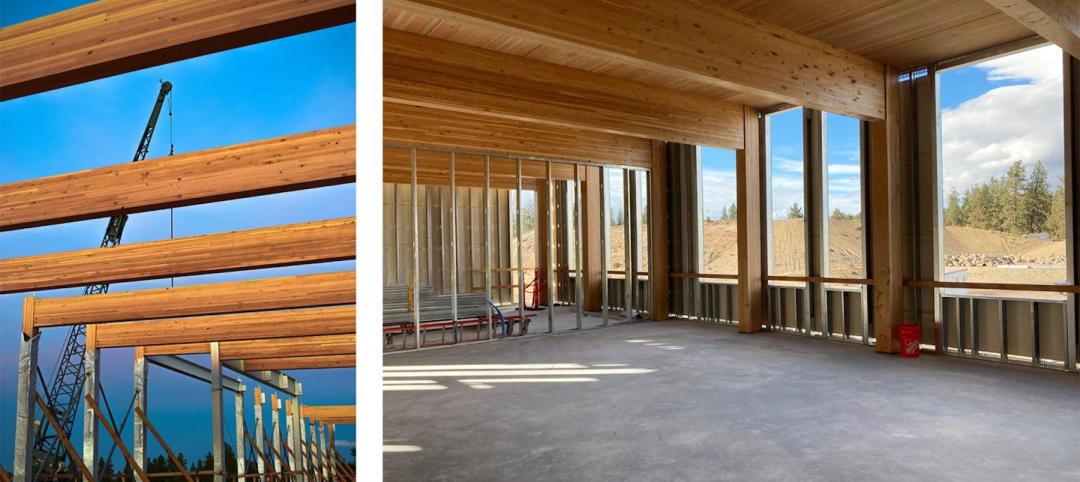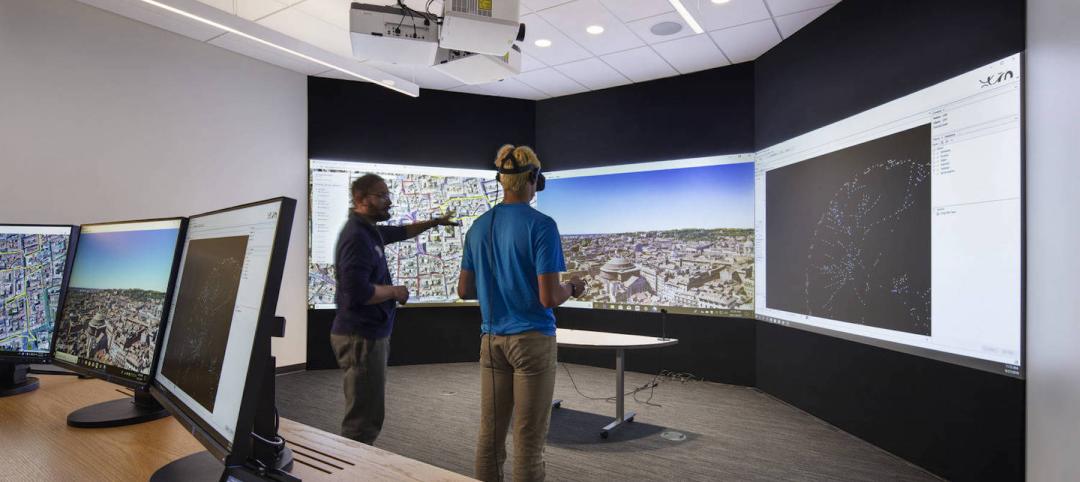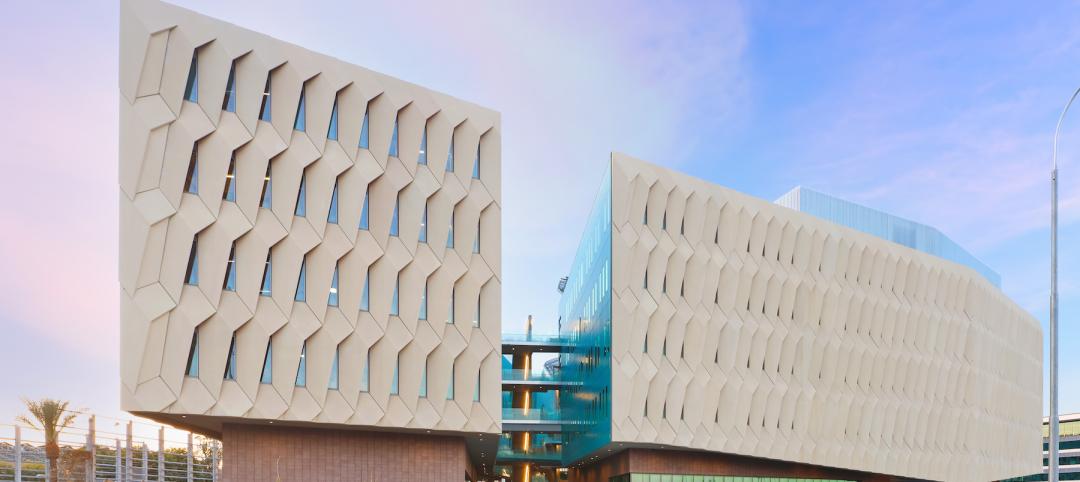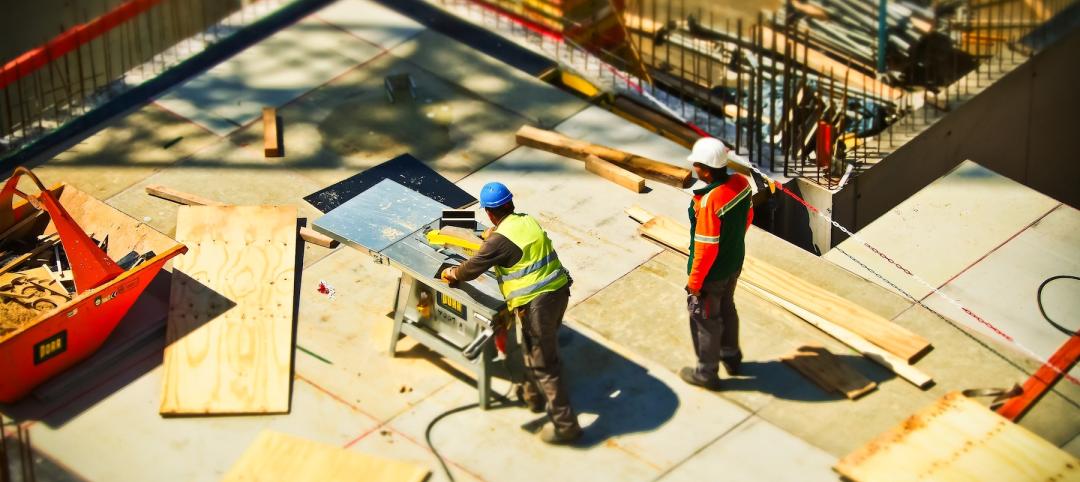Goodwyn, Mills and Cawood, the Montgomery, Ala.-based architecture and engineering outfit, strengthened its position in Georgia by completing its acquisition of Smyrna, Ga.-based Stevenson & Palmer Engineering, which has been in business in the Peach State for more than 50 years.
The two firms have been collaborators for at least the past two years, and currently have several projects underway. Teams from both companies have been working on an integration strategy to ensure a smooth transition.
Stevenson & Palmer’s 22 employees will continue to provide engineering support services from their company’s four Georgia offices, albeit under the name Goodwyn, Mills and Cawood, which already had an office in Atlanta. “The SPE team is still in place—we’ve just added a few names and a new list of services to our resume,” said Corkey Welch, Stevenson & Palmer’s former President, who is staying on as a Senior Client Manager for the combined firm. That team now reports to Jim Teel, Goodwyn, Mills’ Vice President of Georgia.
Founded in 1947, Goodwyn, Mills and Cawood employs more than 300 people who work out of its dozen offices in Georgia, Tennessee, Alabama, and South Carolina. The company assembled its Georgia team in 2011. Steve Cawood, President of the firm’s Eastern Region, which encompasses its operations in Georgia and South Carolina, spearheaded the negotiations between the two companies, which began two years ago, says Abby Basinger, a GMC spokesperson.
Its services include environmental, geotechnical, interior design, landscape, planning, surveying, and transportation. This month, GMC started construction on a 140,000-sf, $55 million football complex at Clemson University that is scheduled to open in early 2017. The firm is also in the planning stages of a $29 million expansion and upgrade of Franklin High School in Williamson County, Tenn., which if greenlighted would include more classrooms, a new athletic facility, and multipurpose field and track.
Basinger says GMC, which does work nationally, has no immediate plans to open new offices. But she also points out that GMC has customers in Mississippi and North Carolina, “so you never know.”
Related Stories
| Aug 9, 2022
Work-from-home trend could result in $500 billion of lost value in office real estate
Researchers find major changes in lease revenues, office occupancy, lease renewal rates.
| Aug 9, 2022
5 Lean principles of design-build
Simply put, lean is the practice of creating more value with fewer resources.
| Aug 9, 2022
Designing healthy learning environments
Studies confirm healthy environments can improve learning outcomes and student success.
Legislation | Aug 8, 2022
Inflation Reduction Act includes over $5 billion for low carbon procurement
The Inflation Reduction Act of 2022, recently passed by the U.S. Senate, sets aside over $5 billion for low carbon procurement in the built environment.
| Aug 8, 2022
Mass timber and net zero design for higher education and lab buildings
When sourced from sustainably managed forests, the use of wood as a replacement for concrete and steel on larger scale construction projects has myriad economic and environmental benefits that have been thoroughly outlined in everything from academic journals to the pages of Newsweek.
AEC Tech | Aug 8, 2022
The technology balancing act
As our world reopens from COVID isolation, we are entering back into undefined territory – a form of hybrid existence.
Legislation | Aug 5, 2022
D.C. City Council moves to require net-zero construction by 2026
The Washington, D.C. City Council unanimously passed legislation that would require all new buildings and substantial renovations in D.C. to be net-zero construction by 2026.
Cultural Facilities | Aug 5, 2022
A time and a place: Telling American stories through architecture
As the United States enters the year 2026, it will commence celebrating a cycle of Sestercentennials, or 250th anniversaries, of historic and cultural events across the land.
Sponsored | | Aug 4, 2022
Brighter vistas: Next-gen tools drive sustainability toward net zero line
New technologies, innovations, and tools are opening doors for building teams interested in better and more socially responsible design.
| Aug 4, 2022
Newer materials for green, resilient building complicate insurance underwriting
Insurers can’t look to years of testing on emerging technology to assess risk.


